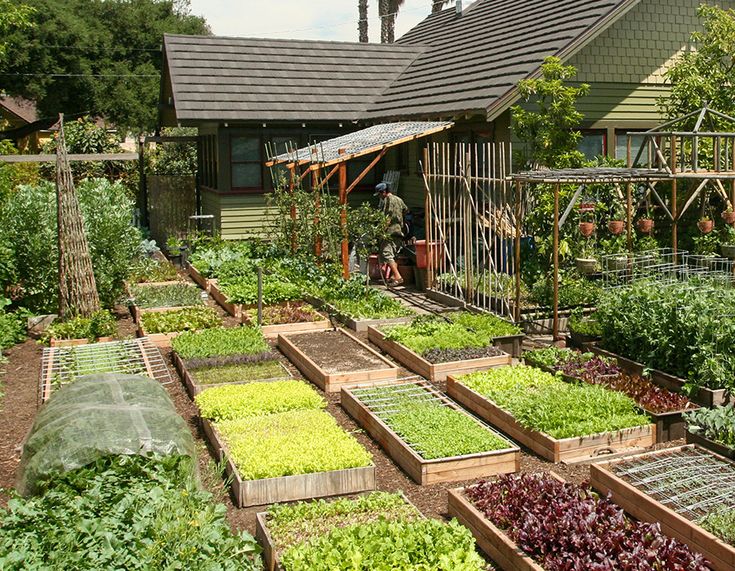Creating a well-designed 15 acre homestead fencing layout is crucial for any aspiring homesteader. This guide will help you understand the various aspects of fencing, ensuring that your property is secure, functional, and beautiful. Let’s delve into the world of homestead fencing and explore how you can make the most of your land.

Why Fencing Matters
Fencing is more than just a boundary marker. It plays a vital role in protecting your livestock, crops, and property from intruders and wildlife. A good fencing layout also helps in organizing your land efficiently, dividing it into sections for different purposes.
Security and Safety
One of the primary functions of fencing is to provide security. A robust fence keeps predators at bay and ensures that your animals stay safe within the property. Additionally, it prevents unauthorized access and theft.
Land Management
Effective fencing layout aids in land management. It allows you to section off areas for grazing, crops, and other activities, thus optimizing the use of your acreage.
Types of Fencing
Choosing the right type of fencing is essential for your homestead. Here are some popular options:
Wooden Fences
Wooden fences are a classic choice, offering both aesthetics and functionality. They are ideal for marking boundaries and can be customized to match your homestead’s style.
Electric Fences
Electric fences are effective for keeping livestock in and predators out. They are relatively easy to install and maintain, making them a popular choice among homesteaders.
Wire Fences
Wire fences, such as barbed wire or woven wire, are economical and durable. They are suitable for large areas and can handle the wear and tear of livestock.
Planning Your Fencing Layout
Planning is key to a successful fencing layout. Consider the following factors when designing your homestead’s fencing:
Identify Your Needs
Start by identifying the primary purpose of your fencing. Is it for livestock, crops, or security? This will guide your choice of fencing materials and design.
Map Out Your Land
Use a detailed map to outline your property. Mark existing structures, water sources, and natural barriers to help determine the best fencing routes.
Consider Future Expansion
Plan for future growth by leaving room for expansion. This foresight will save you time and money when you decide to extend your fencing.
Installation Tips
Once you have a plan, it’s time to install your fencing. Here are some tips to ensure a smooth installation process:
Hire Professionals
If you’re not confident in your abilities, consider hiring professionals. They have the expertise to ensure that your fencing is installed correctly and efficiently.
Use Quality Materials
Invest in high-quality materials that can withstand the elements and last for years. This will reduce maintenance costs and prolong the life of your fence.
Regular Maintenance
Regular maintenance is essential to keep your fencing in good condition. Inspect your fences periodically for damages and repair them promptly to prevent further issues.
Legal Considerations
Before installing your fence, check local regulations and zoning laws. Compliance with these rules is crucial to avoid legal issues and fines.
Boundary Agreements
Ensure that your fence is within your property boundaries. It’s wise to reach an agreement with neighbors to prevent disputes over property lines.
Environmental Impact
Consider the environmental impact of your fencing. Use sustainable materials and methods to minimize harm to the ecosystem.
Conclusion
Designing a 15 acre homestead fencing layout requires careful planning and consideration. From choosing the right materials to understanding your property’s needs, each step is crucial in creating a functional and secure homestead. With the right approach, your fencing will enhance the beauty and productivity of your land.

FAQs
What is the best fencing for a 15-acre homestead?
The best fencing depends on your specific needs, such as livestock management or crop protection. Wooden, electric, and wire fences are popular choices.
How do I maintain my homestead fencing?
Regular inspections and prompt repairs are key. Ensure that your materials are high-quality and designed to withstand the elements.
Can I install the fence myself?
Yes, you can, but hiring professionals ensures a higher quality installation, especially for complex layouts.
For more information on homesteading, visit Eartheasy.





